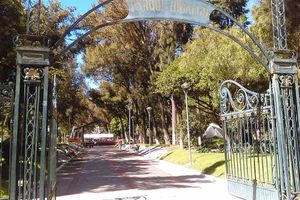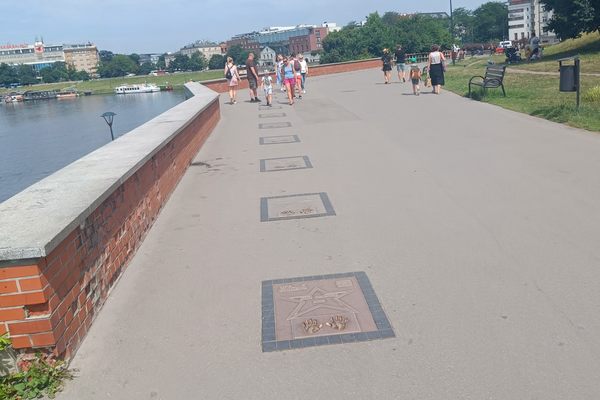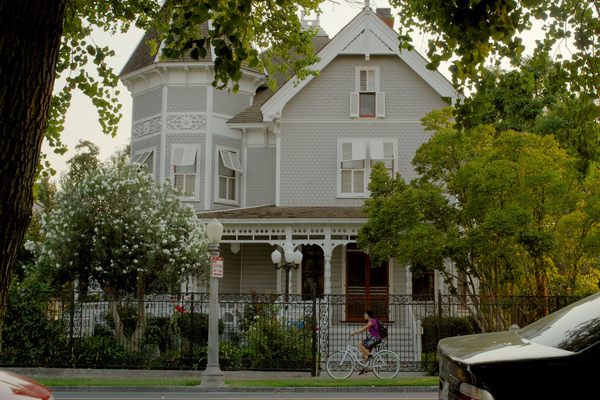About
This small plaza was named after a veritable polymath born in the state of Hidalgo, Aniceto Ortega del Villar, who was accomplished in both medicine and music during his 50 years of life.
Born in 1825 in Tulancingo, Ortega studied obstetrics and gynecology in both Mexico and Europe. Upon his return to Mexico, he specialized in reproductive, and pediatric medicine. Musically, he was accomplished as both a pianist and composer, having even composed one of the first Mexican operas.
His 1871 work Guatemotzin is considered the first opera to address entirely Mexican themes, with its title being an early Spanish version of the name Cuauhtémoc, who was the last emperor of the Aztec/Mexica Empire. Another well-known composition of his is the Zaragoza March. Given his notable career, the naming of this plaza in Pachuca in his honor makes perfect sense.
What is now the Plaza Aniceto Ortega del Villar was once part of the large Convento de San Francisco, a 16th-century religious complex dedicated to Saint Francis Assisi. Following a series of reforms that saw the Mexican government nationalizing many of the Catholic church's properties, the former convent was opened up and most of its buildings now form part of the city's museum district.
The National Photography Museum, one of only a handful of national museums found outside of Mexico City, anchors the cultural area. It likely owes its existence to the Casasola National Photographic Archive, which occupies another area of the former convent that doesn't look onto the Plaza.
The Cuartel del Arte (Art Headquarters) is a smaller museum that can be entered from the plaza and showcases rotating exhibits related to art and ethnography. With its name hinting at a military function, it is no surprise that the Cuartel was formerly a headquarters, and the entire area surrounding the plaza was once part of a prison, as explained on a plaque dating from 1919.
With two museums and one major archive adjacent to this small square once occupied by a convent, the Plaza Aniceto Ortega represents one of the most historically and culturally significant spaces in Pachuca.
Related Tags
Community Contributors
Added By
Published
March 3, 2023




































